Varicose veins are one of the oldest diseases of mankind, and there are references to this disease in the works of Hippocrates, Ibn Sina and other founders of medicine. Dilation of venous pathways can occur in different parts of the body and in organs with large vessels. The most common area is the feet, although it can also occur in the stomach, testicles, and esophagus. To find out the origin of the disease, we first consider the causes of varicose veins.
General information about varicose veins of the lower extremities
Varicose veins occur due to irreversible pathological dilation of the veins.The problem is caused by changes in the function of the valves responsible for blood circulation in the body, especially in the lower extremities.
Normal functioning of the valves means that the structure of the blood returns as soon as the muscle fibers relax or contract. The disease is characterized by the fact that the valves are no longer closed, blood flow is reduced, so the blood vessels dilate.
With varicose veins, the walls of the blood vessels become thinner and weaker. The main problem is the inability to reverse the process, ie the walls do not return to their original state even after blood circulation is restored.
Due to its prevalence, special attention is paid to the disease, as 1 in 10 men and 1 in 3 women suffer from varicose veins in their 30s and 40s. The highest prevalence of the disease in Europe - up to 40% of the population, the lowest in Asia and Africa - about 0. 1%.
The main causes of varicose veins in men and women
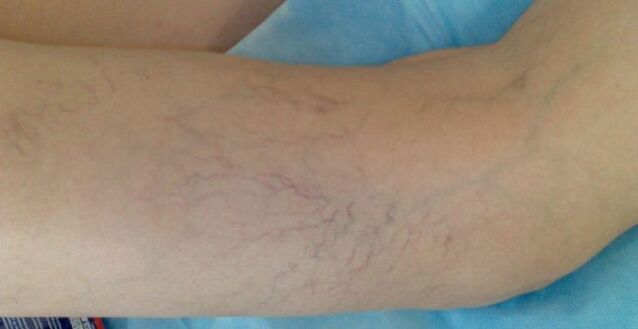
The reasons for the development of the disease are multifaceted and irrelevant at first glance, but these reasons are confirmed by research and are considered reliable. There are 6 main criteria for varicose veins, which we will discuss in detail.
In addition, there are less important reasons:
- Decreased immunity;
- Injuries to organs or lower extremities;
- According to statistics, sex plays a significant role - women are three times more likely to get sick.
hereditary tendency
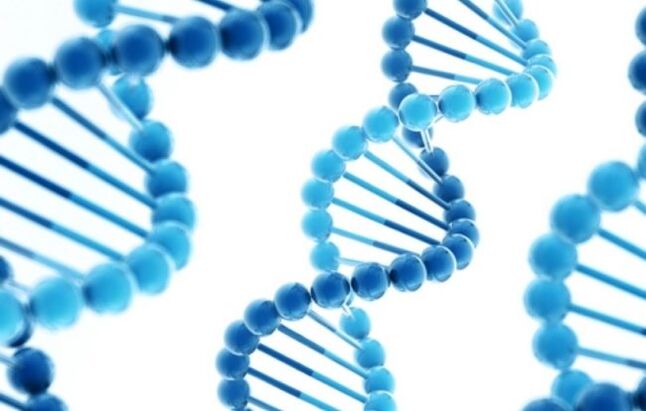
The causes of varicose veins should be considered genetically, as this cause is present in one third of all patients.If the family has susceptible relatives, the risk of transmission in the offspring increases to 70%.The cause is not a family disease, but pathological changes in the structure of blood vessels located in the genes. Commonly observed:
- Inadequate valves, malfunctions;
- There is connective tissue in the walls of the arteries, most likely underdeveloped.
For this reason, the disease can affect not only adults, but also young girls and boys, as well as children. In men, genetic predisposition is less likely to cause the disease.
Hormones
The reasons for the development of varicose veins are different, but among all the differences, hormonal imbalance plays a large role.The causes of varicose veins in the legs in women are mainly manifested in the following cases:
- Pregnancy, childbirth;
- During menstruation or any failure;
- climacteric stage;
- The use of drugs that affect the hormonal background of the body, especially in overdose.
Testosterone is considered a sex hormone in men, and progesterone in women has a negative effect on the walls of blood vessels, causing a lack of collagen. Finally, their tone and elasticity decrease, and the risk of varicose veins increases many times.
Inflammatory processes
Important conditions of the disease are inflammation of the organs located mainly in the pelvis.Also, when the inflammatory process touches small blood vessels, extensive pressure is produced. When there is contact between the arteries and veins, increased pressure is created, so the function of the valves can be impaired. Due to the high pressure, the arteries dilate and the valves cannot stop the reverse flow, which leads to the formation of nodules.
Nerves
The tone in the veins is controlled by nerve endings. The negative impact of external factors on the nervous system, psycho-emotional state, can not fully regulate the central nervous system valves. Then the tone decreases and the volume of the vessels increases.
Sedentary lifestyle
The cause of these varicose veins is more common, some call it "computer". Muscle fibers contract and cause upward release of blood, which is important for normal blood circulation. This does not happen in a sitting position, the metabolic rate decreases, and the arteries dilate accordingly. Also, sitting position causes some blood vessels to become blocked.
While sitting, a person is in a slightly bent position, which causes high pressure in the abdomen. In turn, from there, the blood flows to the legs under high pressure, and the operation of the valves is irregular. Especially true for constipation, cough, sneezing.
Physical training
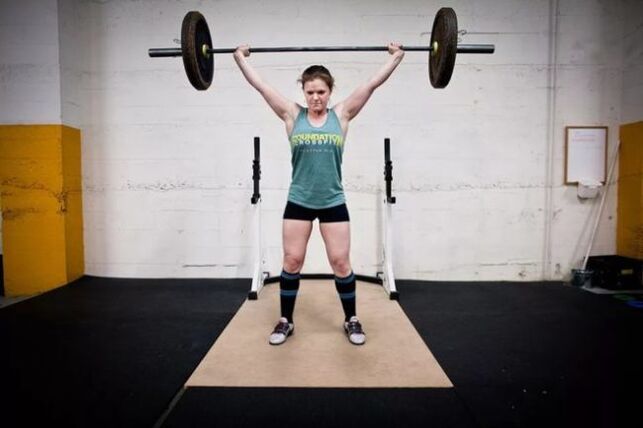
The strong loads of the physical plane cause the pressure in the ships to increase.The problem is not with heavy work, but with static loads, although the transfer of heavy loads often causes varicose veins.The main reasons are:
- overweight;
- Pregnancy and childbirth;
- Move with weights;
- Do not stop for a long time.
Treatment
Varicose veins in the legs should be treated, and in time, then it is possible to reduce the risk of complications and minimize the manifestations of the disease.In the early stages, treatment occurs with the use of topical medications, after which surgery may be required in the absence of therapy.
The causes of varicose veins of the legs and their elimination are thoroughly considered based on the type of disease and stage of development. With the help of a specialist who will show you the appropriate options, you can determine the best treatment option, but there are no specific contraindications to the drug.
Creams and ointments
The advantage of using the cream is the ease of application and the effect not only on the whole body, but also on the affected area of the body. Ointments help to relieve pain, normalize muscle condition and prevent degenerative processes in the bloodstream.
In women, the causes of varicose veins are often hormonal, and the cream acts locally from the outside, so it is possible to achieve:
- Proper nutrition of the skin, the appearance becomes more beautiful and healthy;
- Creating obstacles to the development of trophic formations, metabolic disorders;
- As blood circulation returns to normal, venous disease stops progressing;
- If varicose veins are accompanied by swelling, creams can eliminate them.
Medications
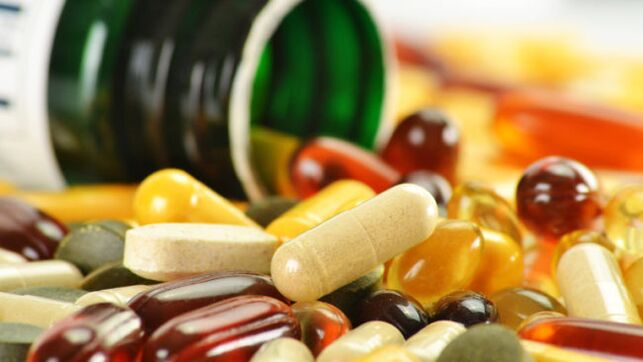
The causes of varicose veins in the legs are the most internal, so it is necessary to deal with them from the inside or in a complex way.
Medications come with different types of effects on the course of the disease, mainly the following groups differ:
- Phlebotonics - the main effect is to return the tone to the walls of blood vessels. It is considered to be the main group of prescribed drugs;
- anticoagulants - prevent blood clots;
- Decongestants;
- Disaggregants - reduce the ability of blood to form blood clots.
Surgery

There are various causes of varicose veins in the legs and other parts of the body, but regardless of them, the disease tends to progress. There are certain features, and if the disease goes beyond them, conservative treatment rarely has a positive effect. In extreme cases, you should seek surgery.
Today, there are various methods of surgery: laser, radiofrequency, miniphlebectomy, etc. In general, it is possible to simply restore the health of the feet or prevent the development of foot disease.
Classification
The causes of varicose veins are different and, accordingly, the form of the disease is different. It is generally accepted to distinguish between several forms of the disease and 4 degrees:
- Descending form - the spread of the disease begins at the top and gradually descends along the femoral vein, starting from the mouth;
- Increased form - when the symptoms initially start in the legs and gradually rise, it is due to problems with the valves.
The severity of the disease is conventionally divided into 4 categories:
- 0 - the disease is at a stage where the diagnosis does not determine the pathology;
- I - appears a slight swelling, the legs may be heavy or feel like a "spider vein";
- II - increased edema, especially in the evening, a slight discoloration of the skin, eczema;
- III - trophic ulcers, they can not be restored.
Threats and complications
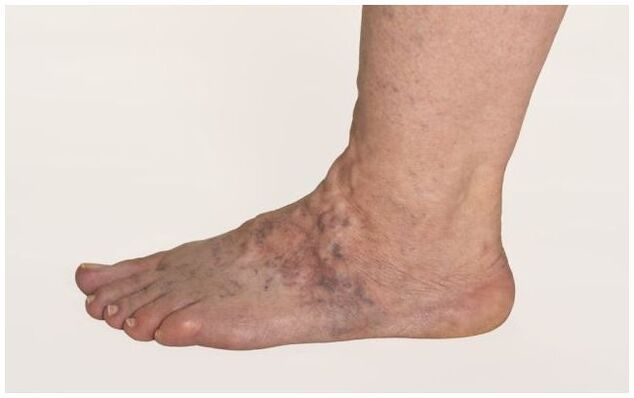
The causes of varicose veins can be individual and cannot be completely cured, but therapy still needs to be done.. The main risk of the disease is complications from varicose veins.Dangerous side effects:
- Trophic ulcers;
- Inflammations, especially erysipelatous type;
- Thrombophlebitis - increases the risk of blood clots.
Symptoms of varicose veins
Symptoms of the disease are sometimes visible, sometimes slightly weakened, but in any case it is necessary to treat varicose veins without waiting for acute manifestations. You can recognize the disease by its characteristic symptoms:
- Heaviness in the legs, increased fatigue, especially often in the evening;
- The color of the veins is blue and slightly swollen. It is a characteristic manifestation when everything returns to normal when the limb is raised;
- Over time, small nodules or conglomerates may appear;
- Swelling in the area of the feet, ankles, thighs, the legs appear to explode, convulsions are often seen;
- As the disease progresses, dry skin is observed and dark colored seals are also formed;
- Trophic ulcers.
At what stage should you see a doctor?
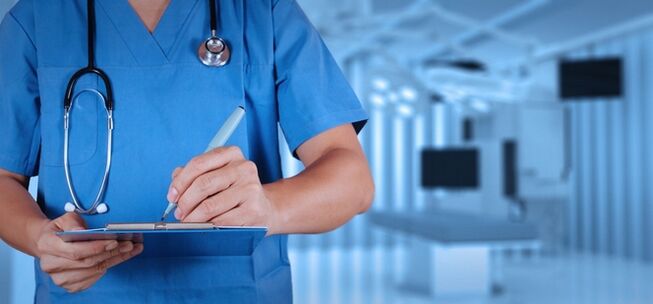
Treatment of female or male varicose veins should begin as soon as possible.The patient usually does not pay much attention to the initial manifestations, but they should be ignored.
The main symptoms of the disease - a feeling of fatigue and heaviness in the legs, as well as changes in skin color, swelling, etc. You should contact a phlebologist immediately after detection. They often consult other specialists to determine the cause of the disease: a general practitioner, a gynecologist and a neurologist.
Diagnosis of the disease
Diagnosis can be made only on the basis of a comprehensive diagnosis:
- Complete blood count - checks the level of blood clotting and the presence of inflammation;
- Ultrasound examination - detects affected vessels;
- Rheovasography - used to determine the level of tissue nutrition, to determine the stage of varicose veins;
- Phlebography - a contrast agent is used to study the openness of blood vessels;
- Physiological tests - the function of the valves is checked.
Forecasts and preventive measures

Varicose veins are among the irreversible processes, so complete recovery is almost impossible.It is possible to eliminate the symptoms with a timely visit to the doctor, proper diagnosis, preventive measures and treatment.
Prevention is quite standard:
- Healthy lifestyle;
- Healthy food;
- Eliminate bad habits;
- If you stay in one position for a long time, do not cross your legs;
- Exercise, warm up;
- Use the services of a massage therapist from time to time;
- Wear comfortable clothes as often as possible.
Many people no longer pay enough attention to the disease, although such carelessness can be detrimental to the health of the whole organism. To prevent the development of varicose veins, it is necessary to follow the doctor's advice at all stages and implement prevention.


















